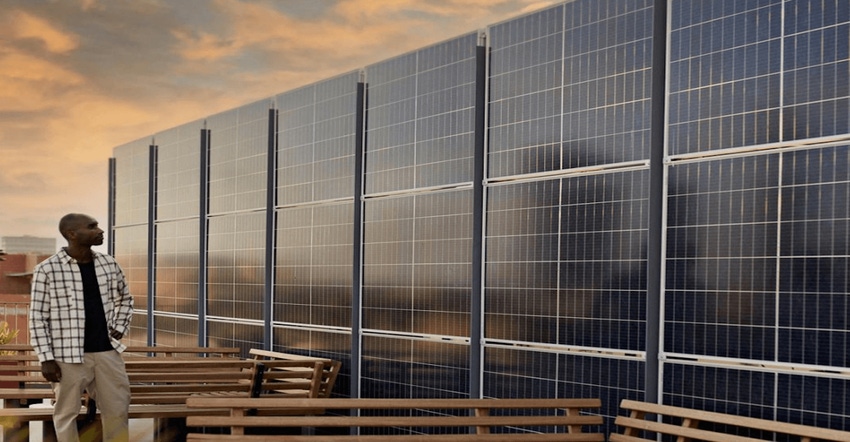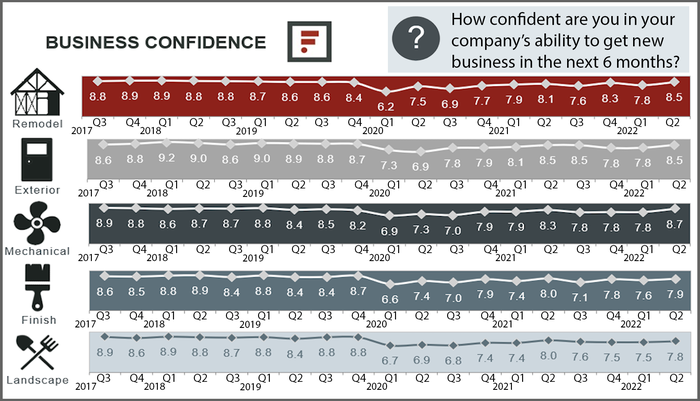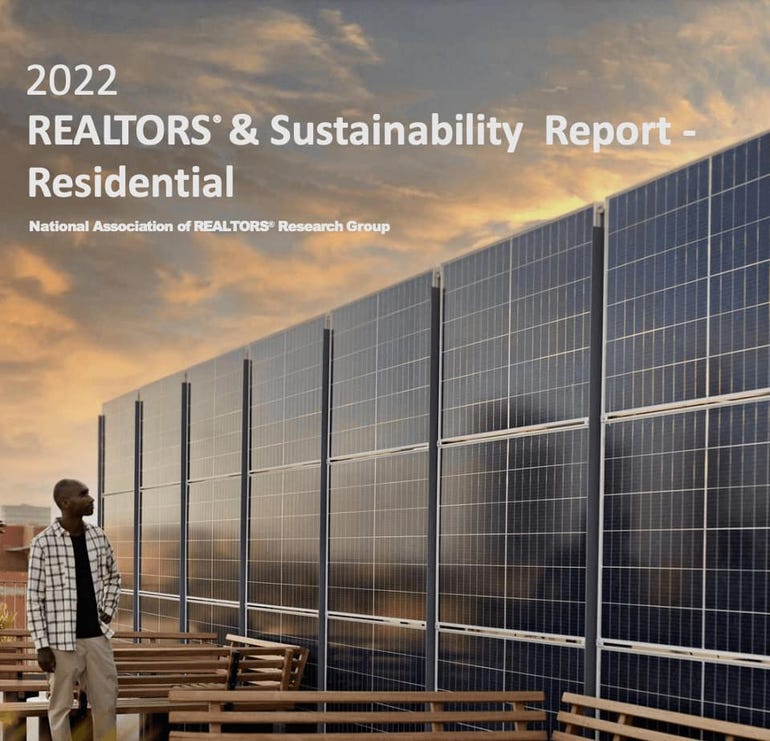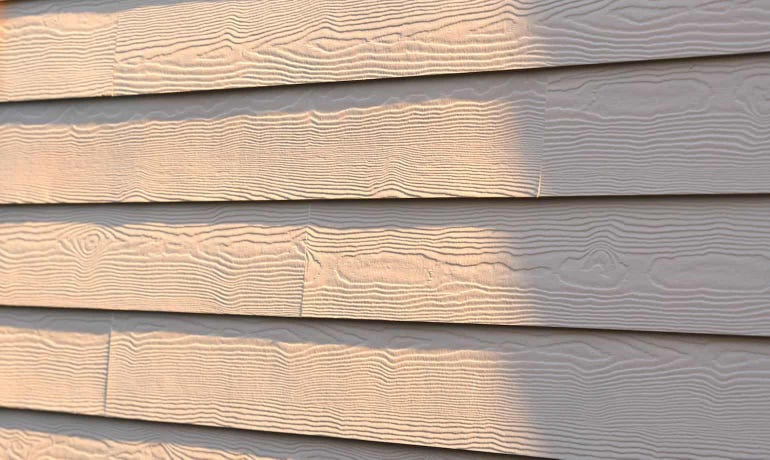New Data on Rooftop Solar Panels, Fiber Cement Siding & More
New information comes out nearly every day seeking to aid roofing and exteriors pros in making smart business decisions. Here are the key highlights we think you should know from recent industry reports.

Keeping up with the latest news is difficult—if not nearly impossible—thanks to the speed at which we can now communicate via social media and other online platforms. To help keep you up to date without taking too much time out of your day, we've put together a snapshot of recent need-to-know data for roofing and exteriors pros:
Contractor confidence increased for Q2 of 2022
Data from the Q2-2022 Farnsworth Contractor Index points toward higher contractor confidence compared to Q1 of this year. According to Farnsworth's analysis, it is normal to see an increase in confidence from Q1 to Q2, so a year-over-year comparison is used instead for better measurements. The current confidence level is on par with that from Q2 of 2021 and much higher than the same quarter of 2020 (no surprise, due to the tumultuous beginning months of the response to COVID-19).
The index also found contractors are keeping busy, with most seeing two-month delays for remodeling projects and new project starts. Exterior contractors are booked out, on average, eight and a half weeks, compared to seven and a half in Q1. Material costs remain high but stable, allowing for more predictability for contractors in their project margins.

Contractors expressed little concern with credit availability for Q2, but the report anticipates that "with the Fed’s June decision and indication that a similar tightening effort will be enacted again when they meet in July," Farnsworth anticipates contractor confidence for credit availability to decline in the coming quarter.
The Farnsworth Group's Quarterly Contractor Index tracks business confidence among trade professionals and small businesses, serving as an indicator of the health of the residential home improvement industry. The index surveys hundreds of residential contractors from five main categories: remodelers, exterior contractors, mechanical contractors, finishing contractors and landscaping contractors. The respondents must have done at least 50% of their work on residential projects.
READ MORE
Sharp increase seen in homes with green features

Early this year, the National Association of Realtors (NAR) released its 2022 Realtors & Sustainability Report for the residential sector, which surveyed thousands of NAR members across the country on sustainability issues facing the industry. Half of the agents and brokers surveyed said they helped a client buy or sell a property with green features during the past 12 months—a notable jump compared to 32% in 2021. Green features encompass sustainable updates made to both the interior and exterior of the house, including roofing, siding, windows and more.
Roughly three out of four realtors said properties with rooftop solar panels were available in their market, and 36% said homes with solar panels increased the perceived property value (compared to 30% that said they had no effect).
Other findings particularly relevant for roofing and exteriors contractors include:
63% of respondents said energy efficiency promotion in listings was very or somewhat valuable
51% of respondents found clients were at least somewhat interested in sustainability
45% of homes with green certifications spent neither more nor less time on the market
READ MORE
Fiber cement siding market will grow by nearly 60% by 2028

The fiber cement siding market was valued at $3.96 billion in 2021 and is projected to reach $6.23 billion by 2028, according to the latest Fiber Cement Siding Market Forecast to 2028 report from The Insight Partners (TIP), an industry research provider specializing in syndicated and consulting research services for various industries, including manufacturing and construction.
The residential sector accounted for 44% of total global construction in 2020, according to the report, making it the largest subsector and a key driver for the global fiber cement siding market. The growing residential and commercial construction activities and the low cost of fiber cement siding are among the major factors creating a positive influence on the market growth, but numerous health problems associated with the installation of fiber cement siding as well as the durability and resilience of fiber cement siding are a few market restraining factors. Nevertheless, the rising benefits of fiber cement siding and increasing demand for energy-efficient buildings around the world are among the factors creating market growth.
Keep an eye out for other relevant upcoming reports from TIP, including the Green Building Materials Market Forecast to 2028.
READ MORE
Residential home sales, construction cash flow and other reports worth watching:
Monthly Employment Situation | Typically released the first week of each month, this Bureau of Labor Statistics report breaks down the state of employment vs. unemployment across a variety of industries and sectors in the U.S., including construction.
2022 Construction Cash Flow & Payment Report | This compilation from Levelset is based on survey data from more than 500 construction companies and explores the state of the construction industry with respect to payment speed, cash flow, mechanics lien usage and more.
New Residential Sales | Numbers for May 2022 were recently jointly released by the U.S. Department of Housing and Urban Development and the U.S. Census Bureau,
About the Author(s)
You May Also Like




